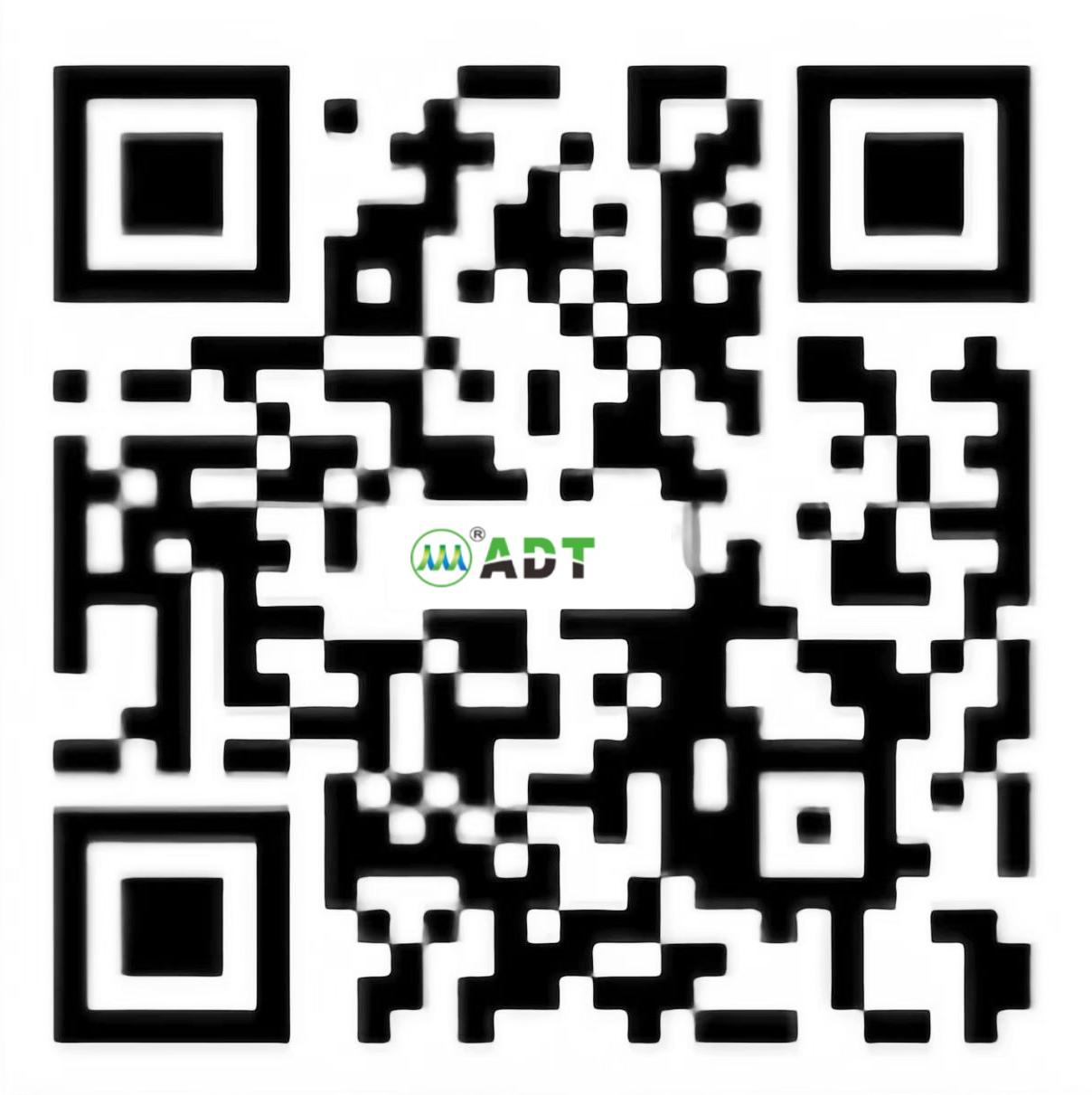
How does a frequency converter use torque and speed control mode switching to optimize motor performance in different application scenarios?
Publish Time: 2025-07-28
As an indispensable component in modern industrial automation systems, frequency converters are more than just simple motor speed regulation. It is a highly integrated intelligent control unit that integrates many advanced features from basic power management to complex motion control algorithms to comprehensive safety protection mechanisms. Whether it is torque/speed control mode switching, support for multi-function input/output terminals, or undervoltage regulation, three-stage switching and other functions, they all reflect the frequency converter's outstanding ability to optimize energy efficiency, improve production efficiency and ensure safe and stable operation of equipment.The core of the frequency converter lies in its precise control of the motor drive process. Through the flexible switching of torque and speed control modes, users can adjust the working state of the motor according to the actual application scenario requirements to achieve optimal performance. For example, torque control mode is selected when a fast response is required, and speed control mode can be switched to when smooth operation is pursued. In addition, the existence of multi-function input/output terminals enables frequency converters to communicate efficiently with external devices, support multiple sensor access, and enhance the adaptability and scalability of the system. These terminals are not only used for signal transmission, but also provide additional safety protection in emergency situations, such as stopping the motor immediately to avoid potential dangers.The undervoltage regulation function is an intelligent compensation mechanism designed for power grid fluctuations. When the power supply voltage is detected to be lower than the set value, the frequency converter will automatically adjust the output power to prevent equipment damage or performance degradation caused by insufficient voltage. The three-stage switching, speed tracking, torque limit and other functions further refine the fine control of the motor operation status. Multi-speed operation allows multiple speed gears to be preset according to different process requirements, and the self-tuning function can automatically identify motor parameters and optimize control strategies, simplifying the debugging process. S-segment curve acceleration and deceleration, slip compensation, PID adjustment and other functions are committed to improving the dynamic response speed and stability of the system, reducing the impact on the mechanical structure during starting and stopping, and extending the service life of the equipment.The introduction of advanced functions such as simple PLC, fixed length control, droop control, and current limiting control marks that the frequency converter has evolved from a simple speed control device to an intelligent controller with certain logic processing capabilities. Simple PLC enables the frequency converter to perform some basic logic operations and sequential control tasks, reducing the reliance on external controllers; fixed-length control is suitable for application scenarios that require precise control of material length, such as cloth cutting in the textile industry; droop control helps maintain speed synchronization when multiple motors are running in parallel; current limiting control ensures that the set maximum current value will not be exceeded under any load conditions, protecting the entire electrical system from overload damage.At the same time, the frequency converter is equipped with a series of complete safety protection mechanisms. In addition to the common power supply undervoltage, overvoltage protection, and overcurrent protection, it also includes a variety of internal fault monitoring and protection measures such as self-tuning fault, module protection, and radiator overheating protection. In particular, for the motor and its related components (such as motor overload protection, peripheral protection) and the frequency converter's own all-round protection (such as output short circuit to ground, abnormal power failure during operation), the risk of unexpected downtime is effectively reduced and the reliability and availability of the system are improved. In addition, meticulous diagnostic functions such as temperature sampling disconnection, encoder disconnection, and analog input abnormality help users to discover potential problems in a timely manner and take preventive measures in advance.It is worth noting that with the development of Internet of Things technology, frequency converters have also begun to integrate into the trend of network management. Through the built-in communication interface, it can easily access the factory automation network to achieve remote monitoring and data collection and analysis. This not only improves the efficiency of operation and maintenance, but also provides the possibility of predictive maintenance, predicting potential failures based on real-time data analysis, thereby significantly reducing maintenance costs.Frequency converter is not just a power conversion device, it is an intelligent solution that integrates the latest scientific and technological achievements to meet the increasingly complex and diverse needs of industrial applications. With its powerful control capabilities and comprehensive safety protection system, frequency converters are becoming an important force in promoting the digital and intelligent transformation of various industries.


